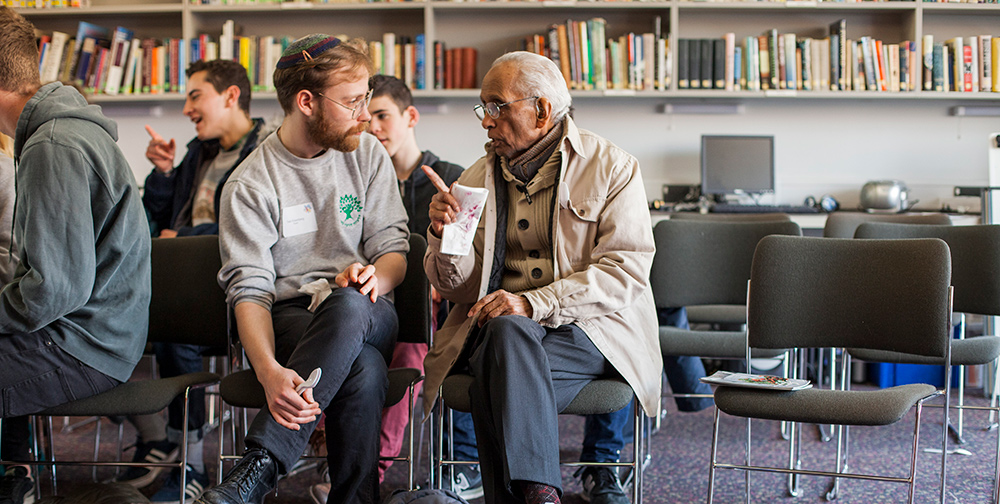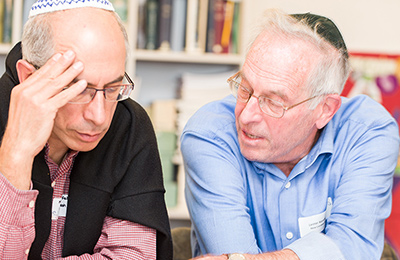Sh’lach

Lo taturu – ‘Do not explore’, Moses warns the Israelites at the end of this week’s parashah. Thus the parashah ends on a remarkably different note than it began: shelach lekha anashim veyaturu, ‘Send people to explore!’. Obviously there are times to explore, and there are times when it is better not to explore.
The Hebrew root tur means ‘scout, spy, explore’, or as ibn Ezra explains: ‘to look for something’. In the beginning the scouts are asked to explore the land, to see what kind of country it is – if it is good or bad; if the soil is rich or poor; if the people are strong or weak, few or many. Reasonable tasks before the start of a completely new way of life. But as we know and hear this week, this task led to the ultimate catastrophe of the generation of the Exodus. They not only explored really well, they also evaluated their findings in a sensible and logical way, using the best of their rational abilities – and they came to realistic conclusions, which unfortunately led to the death of almost the whole generation.
At the end of the parashah, however, the commandment to every following generation is different: Lo taturu! Do not explore! Do not follow your heart and eyes’. The heart in ancient times was the place of thought, and the eyes are the source of impressions. But why shouldn’t we look for things with our heart and our eyes? Le’ma’an tiskeru veasitem et kol mitzvotai, ‘that you may remember and do all my mitzvot’. You may have recognized this – it is the end of the last passage of the shema, words all too familiar to many of us.
What we learn from the story of the scouts is: there are times when reasoning is good, and there are times when it is not. As the proverb goes, people who think a lot get nothing done. But there is more to it. This story is not about refraining from any rational research at all. It is rather about fear. Those who are afraid of the work and the costs that are involved in any change may soon lose sight of their original goals. The strength of the inhabitants of the land, the fortified cities, were taken into account ‘¦ what was forgotten was that God (and hadn’t he already defeated mighty Pharaoh?) would be with the Israelites. Suddenly they didn’t feel grateful for the good soil, the huge grapes, the pleasing landscapes.
Lo taturu: this warning, which the tzitziot on our tallitot remind us of, should make us aware every day that we should not set our ultimate trust in the things we can see or what we think is likely to happen. Rather, as we go about our tasks we should trust in God, which means being open to potentially very different outcomes than one might logically expect. The tzitziot are the strongest symbol of hope in Judaism.
Dr Annette M. Boeckler is Senior Lecturer for Liturgy and Bible at Leo Baeck College.




